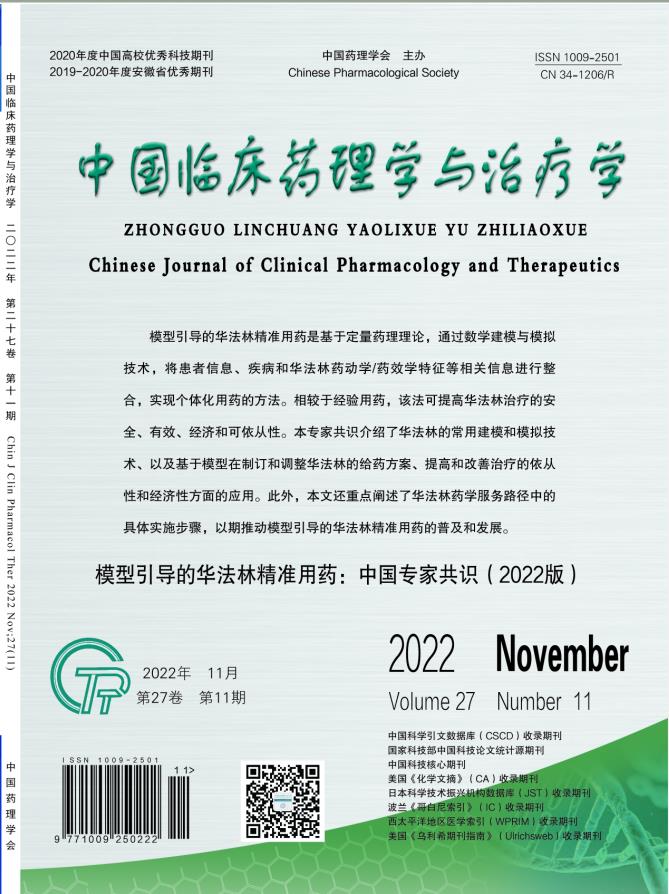AIM: To evaluate the bioequivalence of the test and reference formulations of mycophenolate mofetil capsule in Chinese healthy male subjects under fasting and fed conditions. METHODS: This was a 2-treatment, 2-sequence, 4-period, fully replicated crossover study that included 80 Chinese healthy male subjects (40 subjects in the fasting group and 40 subjects in the fed group, respectively). Subjects were assigned to receive a single oral administration of the test or reference formulation at a dose of 0.25 g in each period. The plasma concentration of mycophenolate mofetil (MMF) and metabolite mycophenolic acid (MPA) were analyzed by LC-MS/MS. The major pharmacokinetic parameters of MMF and MPA were calculated using non-compartmental analysis by WinNonlin 8.0. The statistical analysis was performed by SAS 9.4. Average bioequivalence (ABE) analysis was applied where it has been demonstrated that the within-subject standard deviation of the reference formulation (SWR) for the PK parameter in the study is<0.294, while reference-scaled average bioequivalence (RSABE) analysis was applied where it has been demonstrated that the SWR for the PK parameter in the study is ≥0.294. RESULTS: Under fasting conditions, the SWR values for the Cmax, AUC0-t and AUC0-∞ of MMF and the Cmax of MPA were >0.294 (0.643 4, 0.456 5, 0.434 9, and 0.335 7, respectively). The 95%upper confidence bounds of (YT-YR)2-θS2WR for these PK parameters were -0.217 0, -0.118 8, -0.104 4, and -0.043 7, respectively, and the point estimates of the test/reference geometric mean ratios for these PK parameters were 91.73%, 98.95%, 98.13%, and 92.09%, respectively. These results met the acceptance criteria of RSABE. Under fasting conditions, the SWR values for the AUC0-t and AUC0-∞ of MPA were <0.294 (0.090 9 and 0.108 4, respectively). The 90%CIs of the test/reference geometric mean ratios for these PK parameters were 95.49%-100.07% and 95.10%-100.26%, respectively, which fell within the ABE acceptance range of 80.00% to 125.00%. Under fed conditions, the SWR values for the Cmax, AUC0-t and AUC0-∞ of MMF were >0.294 (0.587 9, 0.387 5, and 0.386 5, respectively). The 95%upper confidence bounds of (YT-YR)2-θS2WR for these PK parameters were -0.157 4, -0.085 2, and -0.082 8, respectively, and the point estimates of the test/reference geometric mean ratios for these PK parameters were 91.09%, 99.58%, and 99.58%, respectively. These results met the acceptance criteria of RSABE. Under fed conditions, the SWR values for the Cmax, AUC0-t and AUC0-∞ of MPA were <0.294 (0.260 9, 0.112 2, and 0.127 5, respectively). The 90%CIs of the test/reference geometric mean ratios for these PK parameters were 91.28%-107.63%, 97.39%-103.70%, and 96.72%-103.34%, respectively, which fell within the ABE acceptance range of 80.00%to 125.00%. CONCLUSION: The test and reference formulations of mycophenolate mofetil capsule are bioequivalent under fasting and fed conditions.


